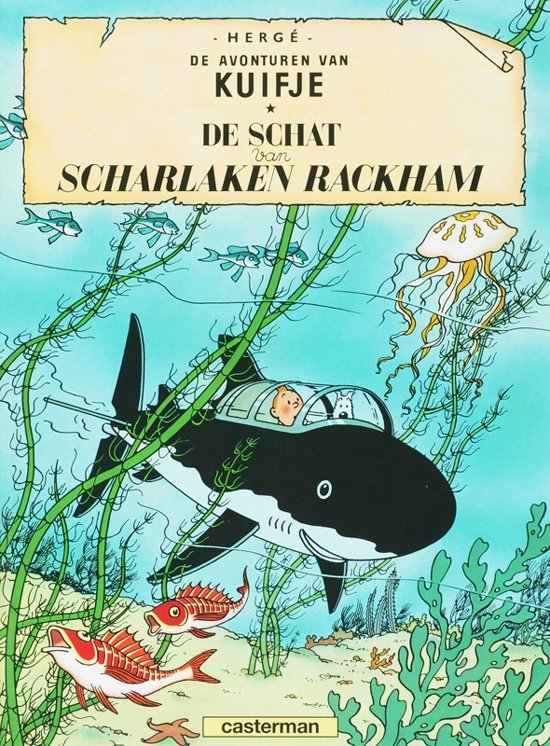Central Well of Malebolge / Dante
Ocean games and ocean prizes
https://fr.wikipedia.org/wiki/Paul-Henri_Nargeolet
Il rejoint l’Institut français de recherche pour l'exploitation de la mer après 22 ans de service dans la Marine nationale10,11 et devient responsable des sous-marins d’intervention profonde Cyana et Nautile12. Avec celui-ci, il réussit en 1987 sa première longue descente vers l'épave du Titanic13,14. Il rejoint ensuite la société RMS Titanic Inc., titulaire des droits sur l'épave, comme responsable des opérations sous-marines11. Il a été le premier en 1993 à avoir remonté à la surface 5 500 objets du navire12, qui appartenaient notamment aux victimes, durant 32 plongées15. Il a participé à huit expéditions : trois avec l’Ifremer, trois avec RMS Titanic Inc., une avec Caladan Oceanic en 2019 et une avec OceanGate en effectuant cinq plongées durant l’été 2021.
l est depuis novembre 2018 consultant technique de l'entreprise Caladan Oceanic de Victor Vescovo, notamment sur la mission Titanic Survey Expedition. Le submersible utilisé est le seul à être certifié pour plonger jusqu'à 11 000 mètres de profondeur avec deux personnes à bord
https://fr.wikipedia.org/wiki/Nautile_(sous-marin_de_poche)
https://fr.wikipedia.org/wiki/Sous-marin_de_poche
https://en.wikipedia.org/wiki/Midget_submarine
https://en.wikipedia.org/wiki/Stockton_Rush
https://en.wikipedia.org/wiki/Victor_Vescovo
Vescovo served 20 years in the U.S. Navy Reserve as an intelligence officer, retiring in 2013 as a Commander

Blue Origin, LLC is an American aerospace, defense, space exploration company and launch service provider headquartered in Kent, Washington, United States.[2] Blue Origin makes rocket engines for the United Launch Alliance and other customers. The company also manufactures rockets, spacecrafts and heavy-lift launch vehicles. The company was selected as the second provider for lunar lander services for NASA's Artemis program and was awarded a $3.4 billion contract.[3] The company has three engines in production including the BE-3U, BE-3PM and BE-4. The company is working on a fourth advanced rocket engine, called the BE-7, which is still under development and when completed, will be used on planetary bodies other than Earth
Maritime history exploration
In 2019, Vescovo escorted Titanic-historian Parks Stephenson to the wreck of the RMS Titanic for the first revisit of the wreck in 15 years. Findings included continued extensive corrosion and bacterial growth on iron and steel surfaces.[19]
Vescovo piloting his submersible during the first of two dives to the wreck of the French submarine Minerve
In February 2020, Vescovo piloted his deep diving submersible twice to the wreck of the French submarine Minerve in the Mediterranean Sea. The retired French Rear Admiral Jean-Louis Barbier investigated the wreck of the Minerve on the first dive. On the second dive, Vescovo was accompanied by Hervé Fauve, the son of the captain of the sunken submarine. They placed a commemorative plaque at the wreck.[20]
In 2021, Vescovo identified and surveyed the wreck of the USS Johnston (DD-557) at a depth of 6,456 metres (21,181 ft) in the Philippine Sea; at the time of identification this was the deepest shipwreck ever surveyed. The Johnston was sunk during the Battle off Samar (1944) in one of the most lopsided naval battles in history.[21]
In 2022 a submersible expedition piloted by Vescovo located the wreck of destroyer escort USS Samuel B. Roberts (DE-413) (also sunk in the Battle off Samar in 1944), in the Philippine Sea at a depth of 6,895 metres (22,621 ft), making it the deepest wreck identified at this dat


